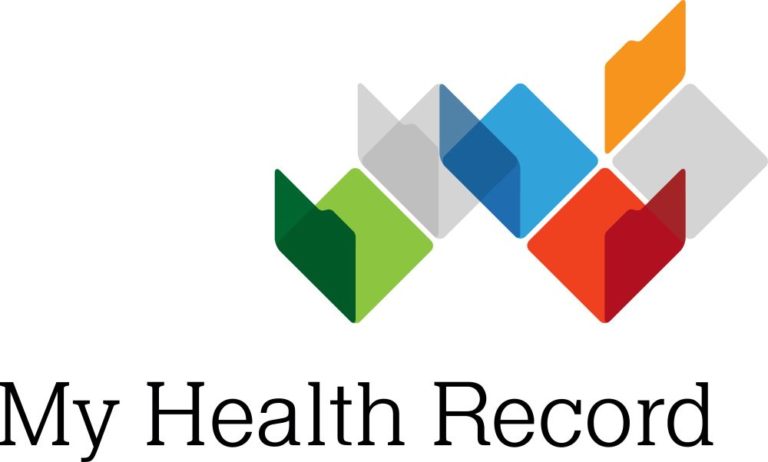[vc_row][vc_column][vc_column_text]Insurers have until April 2020 to implement the new tiers, however, the new system will start rolling out from April this year.
Under the reforms, cataracts, joint replacements, dialysis for chronic kidney failure, and insulin pumps will all fall under the ‘Gold’ category, which, according to Senate Estimates this week, will comprise around 45 per cent of all policies.
It is still unclear what this will mean for private health fund members overall, but for older Australians who are more sensitive to increases in the price of their policies, the categorisation of joint-replacements and cataracts as Gold, may limit their access to these procedures, which will have the potential impact of pushing them onto public waiting lists.
Based on 2017 Australian Orthopaedic National Joint Replacement Registry data, osteoarthritis is the principal diagnosis for all five types of partial knee replacements (at 98.9 per cent) and primary total knee replacement (at 97.6 per cent of cases). The Australian Institute of Health and Welfare reports that in 2014-15, 2.1 million Australians had osteoarthritis, with the prevalence of the condition rising sharply after the age of 45, and being greatest in patients aged 80 and over. There was a rise of 38 per cent in total knee replacements from 2005-06 to 2015-16.
Older patients most likely to need insurance for new knees are those most likely to be unable to afford to upgrade to gold coverage and may be left with no alternative to join the waiting list for treatment in the public system.[/vc_column_text][/vc_column][/vc_row]




